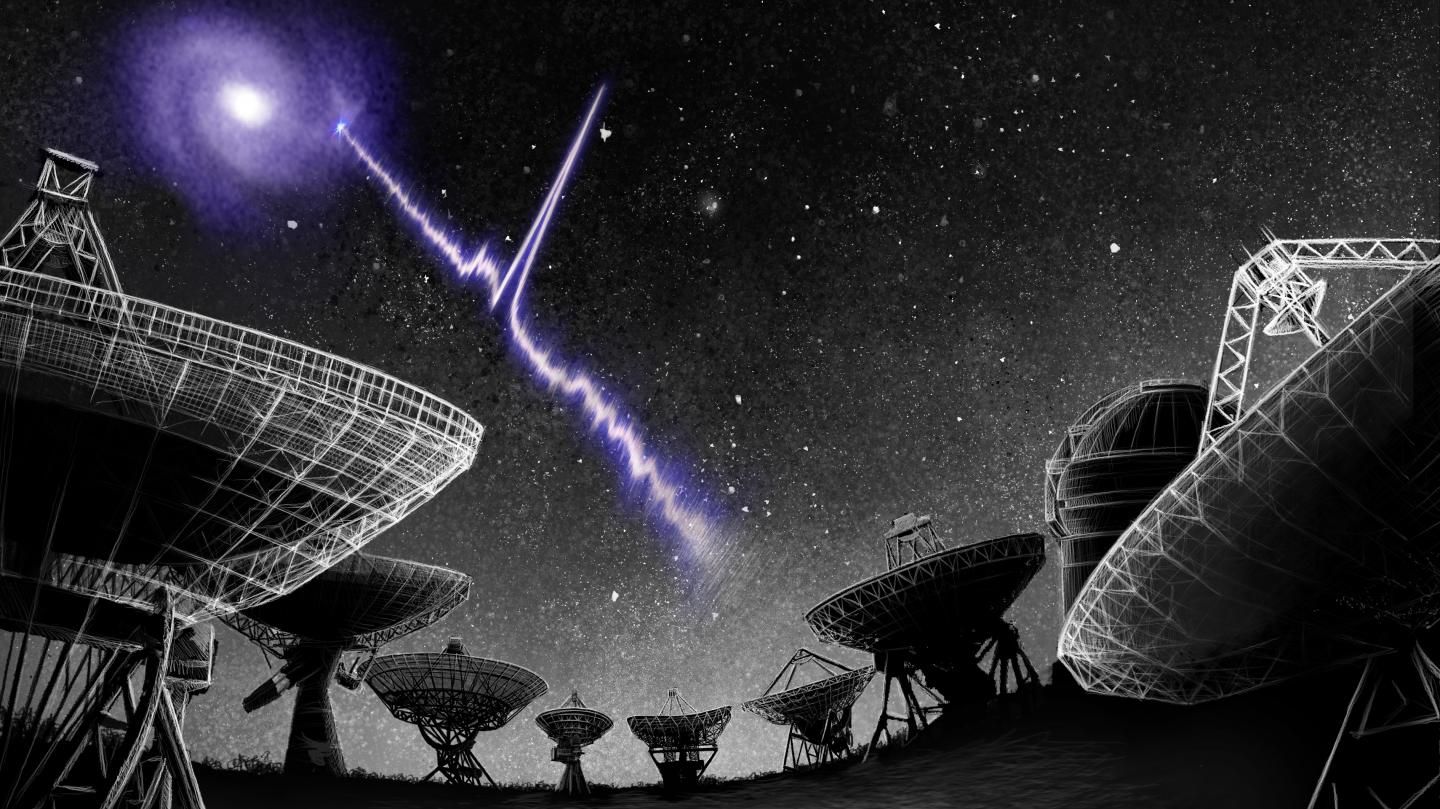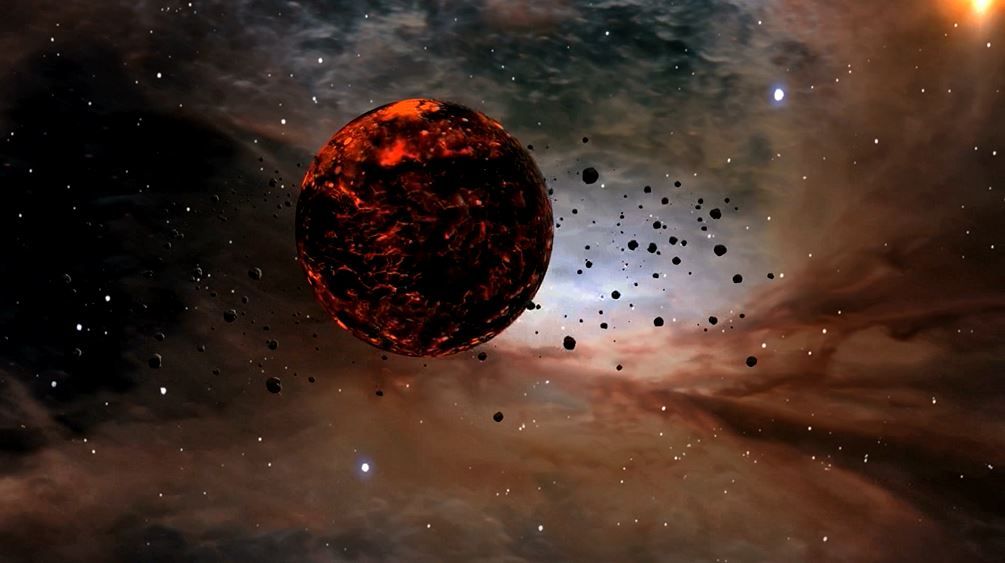Astronomers’ New Way of Searching for Alien Worlds in the Stars
Article by Cody Fenwick March 5, 2021 (salon.com)
• A group of astronomers at UCLA have published findings on a new method of searching for signs of technological civilizations in the stars using radio signals. Radio signals are easy to create. The universe is naturally filled with radio signals. They can encode detailed information within its signal, and they can travel long distances between solar systems. So the key is to detect those signals that appear to be artificial. But almost all of the artificial radio signals that we detect in space actually came from the Earth.
• In order to clear away the clutter and pinpoint radio signals coming from a star out in the galaxy, the UCLA researchers developed an algorithm to weed out extraneous signals in the data coming from the Earth. The researchers applied a concept known as ‘topographical prominence’ that is used when mapping a particular mountain relative to the terrain around it. The algorithm is able to find a particular narrow radio signal among other signals.
• Utilizing the Green Bank Telescope in West Virginia and applying the algorithm, the researchers were able to identify 26 million signals – about 200 times as many candidate radio signals than would be found using standard search methods. The algorithm then screened out more than 99% of those signals as human-made. After that, 4,539 unique radio signals were left over. Going through them one-by-one, the researchers were able to conclude these, too, were from human sources and not evidence of alien technology. A disappointment, to be sure — but the real point was to hone the technique.
• They further honed their technology by injecting fake signals into their raw data. The computer algorithm was able to correctly identify 99.73% of the detected signals as ‘technosignature’ candidates, and illuminate imperfections in the technology that could ultimately be used to calibrate the signals for prevalence of other civilizations.
• Through this process, the UCLA researchers were able to narrow rogue radio signals down to 31 Sun-like stars whose properties are similar to the only star currently known to harbor a planet with life – the Earth’s Sun.
NASA’s Perseverance rover landed on Mars last month in a mission to, in part, search for signs of ancient microbial life on our

neighboring planet. If any evidence of such extraterrestrial organisms — likely long dead — is found, it will be a massive development in astrobiology and humanity’s understanding of its place in the universe. But when people are honest, they tend to admit that fossilized remains of ancient microorganisms aren’t what gets them excited in the search for alien life. What really fires the imagination is the search for intelligent alien life and extraterrestrial civilizations.
A recent paper, though, flagged by astronomer and writer Phil Plait at SyFy, offers surprisingly promising developments in that branch of space exploration. Working at UCLA, a group of astronomers published findings on a new method of searching for signs of technological civilizations in the stars.
“We selected 31 Sun-like stars,” they explain, “because their properties are similar to the only star currently known to harbor a planet with life.”
And to be upfront about it, they unequivocally found no sign of civilization. But Plait argued that they showcased a promising method for pursuing the search.
Basically, the technique entailed using the Green Bank Telescope in West Virginia to scan for radio signals. Many scientists hopeful about searching for intelligent alien life think that the most likely way we’ll uncover it is by receiving radio transmissions from non-human sources. Radio signals are easy to create, they can travel the long distances between solar systems, and they can encode detailed information. And if there are any civilizations out there listening, they may have already picked up many of our own transmissions.
FAIR USE NOTICE: This page contains copyrighted material the use of which has not been specifically authorized by the copyright owner. ExoNews.org distributes this material for the purpose of news reporting, educational research, comment and criticism, constituting Fair Use under 17 U.S.C § 107. Please contact the Editor at ExoNews with any copyright issue.




 A new NASA research suggests that we might detect advanced extraterrestrial civilization using its atmospheric pollution. This study is the first time NO2 has been examined as a possible technosignature.
A new NASA research suggests that we might detect advanced extraterrestrial civilization using its atmospheric pollution. This study is the first time NO2 has been examined as a possible technosignature.

